Taco Bell isn’t afraid to get weird—and that’s exactly why fans keep coming back. From Doritos Locos Tacos to Nacho Fries, some experiments became icons, proving fast food can be fun and craveable. But for every runaway hit, there’s a Waffle Taco or seafood salad quietly erased from the menu, leaving only memories (and a few Reddit rants) behind. This list dives into the innovations that defined Taco Bell’s rebellious spirit, alongside the flops that proved even the boldest brands can misfire. Let’s unwrap the 14 most talked-about Taco Bell items, one legendary, crunchy bite at a time.
1. Crunchwrap Supreme
When Taco Bell unveiled the Crunchwrap Supreme in 2005, fast food portability changed forever. This brilliant hexagonal design solved the eternal problem of taco fillings spilling everywhere!
The genius combination of a soft tortilla wrapped around a crunchy tostada shell created the perfect texture contrast. With seasoned beef, nacho cheese, lettuce, tomato, and sour cream inside, it delivered the complete Taco Bell experience in one hand-held package.
Selling an astounding 51 million units in just six weeks, the Crunchwrap proved innovation doesn’t need to be complicated—just smartly designed.
2. Doritos Locos Tacos
Remember 2012 when everyone suddenly couldn’t stop talking about tacos with Doritos shells? Taco Bell’s stroke of genius combined two beloved snack icons into one revolutionary item.
The bright orange, nacho cheese-dusted taco shell transformed the standard taco into something extraordinary. Your fingers would get that familiar Doritos dust while enjoying the classic Taco Bell fillings—pure snack food alchemy.
The numbers tell the story: over 100 million sold in just 10 weeks, creating 15,000 new jobs. This partnership between Frito-Lay and Taco Bell remains one of fast food’s most successful collaborations ever.
3. Live Más Café & Refrescas
Taco Bell boldly stepped into Starbucks territory with their ambitious beverage program featuring over 30 customizable drinks. The chain even created ‘Bellristas’—their answer to baristas—to craft these specialty beverages.
Mango whips, cherry freezes, and Mexican chocolate cold brews transformed the drink menu from an afterthought to a destination. The drinks perfectly complement the spicy menu items while standing strong on their own merits.
With a goal of $5 billion in beverage sales by 2030, this strategic move shows Taco Bell understands that drinks deliver higher profit margins than food while giving customers another reason to visit.
4. Nacho Fries
French fries might seem ordinary, but Taco Bell’s version sparked a sensation. Coated in bold Mexican spices and served with warm nacho cheese dipping sauce, these fries broke the rules of what fast-food sides could be.
The genius marketing strategy of repeatedly removing and reintroducing them created genuine excitement with each comeback. Fans track their availability like weather forecasters, spreading the news when Nacho Fries return to menus.
Becoming Taco Bell’s most successful limited-time offering ever, these fries proved the chain could excel beyond traditional Mexican-inspired items and compete directly with burger joints’ signature sides.
5. Quesarito
Food innovation often comes from combining two beloved items, and the Quesarito perfectly demonstrates this principle. By wrapping a cheese quesadilla around a burrito, Taco Bell created texture magic—crispy, cheesy exterior meeting soft, filling-packed interior.
The genius lies in its construction: the quesadilla layer adds a protective, gooey barrier that prevents the burrito fillings from making the tortilla soggy. Every bite delivers the perfect ratio of cheese, beef, rice, and sauce.
Fans were heartbroken when it briefly left menus, forcing it to become an app-exclusive item. The passionate response proved this hybrid creation had transcended novelty to become a modern classic.
6. Cantina Bell Menu
Back in 2012, Taco Bell made a bold move upmarket with their Cantina Bell menu. Created with celebrity chef Lorena Garcia, these offerings featured black beans, cilantro rice, and fresh guacamole—ingredients rarely associated with fast food at the time.
The bowls and burritos showcased corn salsa, creamy cilantro dressing, and marinated chicken that tasted noticeably different from standard Taco Bell fare. For health-conscious customers who wouldn’t normally consider Taco Bell, Cantina Bell provided a compelling reason to visit.
While eventually discontinued, this experiment paved the way for today’s more premium offerings and showed Taco Bell could successfully play in Chipotle’s territory.
7. Mobile Ordering & Go Mobile Stores
Taco Bell revolutionized fast food service with their forward-thinking approach to technology. The introduction of dual drive-thru lanes—one dedicated to mobile order pickup—eliminated the frustration of waiting behind customers placing complex orders.
Their app became one of the most user-friendly in fast food, allowing complete customization and saving favorite orders. The smart kitchen technology ensures food is prepared precisely when needed, not sitting under heat lamps.
The pandemic accelerated adoption of these innovations, but Taco Bell was already ahead of the curve. Their willingness to redesign stores around digital ordering showed remarkable foresight about how modern customers prefer to interact with restaurants.
1. Waffle Taco
The Waffle Taco represented Taco Bell’s ambitious but flawed entry into the breakfast wars. A folded waffle containing scrambled eggs and sausage seemed innovative on paper but failed in execution.
Customers complained about the waffle’s texture issues—simultaneously soggy from fillings yet stiff from sitting too long. The flavor balance never quite worked either, with maple syrup making the savory components taste oddly sweet. Introduced in 2014, this morning misfire quickly disappeared from menus.
While Taco Bell’s breakfast menu eventually found success, this early experiment proved that not every food combination makes sense, even in the creative world of fast food innovation.
2. Bell Beefer
Long before today’s menu, Taco Bell briefly tried becoming a burger joint with the Bell Beefer. This odd creation was essentially taco meat, lettuce, diced onions and cheese piled onto a hamburger bun—a sloppy joe with identity confusion.
The structural problems were immediate. The loose meat filling would spill everywhere, creating a messy eating experience that contradicted fast food’s grab-and-go appeal. Discontinued in the 1990s, the Bell Beefer represents a time when Taco Bell hadn’t fully embraced its Mexican-inspired lane.
Customers ultimately preferred the chain stick to tortillas rather than buns, proving that brands succeed by leaning into their strengths rather than mimicking competitors.
3. Seafood Salad
In the 1980s, when seafood salads were trendy at delis nationwide, Taco Bell inexplicably joined the fray. Their version featured a disturbing mix of whitefish, snow crab, and shrimp atop lettuce in a taco shell bowl. Fast food seafood is already risky territory, but Taco Bell’s implementation was particularly troublesome.
Customers reported overwhelming fishy smells that lingered in restaurants for hours after preparation. The quality control issues were legendary—inconsistent seafood freshness and questionable storage practices led to rapid removal from menus.
This misadventure stands as a reminder that not every food trend needs a fast food interpretation, especially when it contradicts a brand’s core competencies.
4. Firecracker Burrito
The Firecracker Burrito represents Taco Bell’s strangest texture experiment gone wrong. This otherwise ordinary burrito came with a packet of spicy “Pop Rocks” candy that customers were supposed to sprinkle inside before eating.
The resulting sensation—random popping and crackling while consuming a burrito—proved more disturbing than delightful. Many customers found the experience actively unpleasant, like accidentally getting sand in their food.
Test-marketed in 2017, the concept quickly fizzled out when customer feedback revealed people prefer consistent textures in their meals. While Taco Bell thrives on innovation, this creation crossed the line from creative to gimmicky, proving not all food experiences need a special effects department.
5. Black Jack Taco
Halloween 2009 brought the visually striking but ultimately unsuccessful Black Jack Taco to Taco Bell menus. The jet-black corn shell contained standard taco fillings with a special pepper jack sauce, all for just 99 cents.
While the price point was attractive, customers found the unnaturally dark food coloring unsettling. The black dye would transfer to hands, mouths, and anything it touched, creating a messy experience that felt more trick than treat. The flavor wasn’t memorable enough to overcome the visual drawbacks.
This short-lived promotion taught Taco Bell an important lesson: food coloring gimmicks might generate initial buzz, but they can’t sustain interest if the eating experience suffers.
6. Potaco
The Potaco attempted to reinvent breakfast by replacing a traditional taco shell with a hash brown potato patty. Folded into a U-shape and filled with egg, cheese, and bacon or sausage, it seemed innovative on paper. Reality proved less appetizing.
The potato shell quickly became an oil-soaked mess that couldn’t maintain its shape. Customers found themselves with breakfast ingredients sliding everywhere as the potato base disintegrated with each bite. Test-marketed in 2017, the Potaco never expanded nationwide due to these fundamental design flaws.
While potato lovers appreciated the concept, the execution reminded everyone why taco shells aren’t typically made from fried potatoes—some culinary boundaries exist for good reasons.
7. French Toast Chalupa
Breakfast innovation requires balance, something the French Toast Chalupa never achieved. This 2018 creation replaced the traditional fried chalupa shell with a French toast shell, then filled it with eggs, bacon or sausage, and cheese.
The concept suffered from competing flavors that never harmonized. The sweet, cinnamon-infused shell clashed with savory fillings, creating confusion with each bite. Additionally, the French toast exterior quickly became soggy, losing its structural integrity.
Customer feedback highlighted the fundamental disconnect—people either wanted French toast OR a chalupa, not both simultaneously. This experimental item teaches an important lesson: successful fusion requires complementary flavors, not just combining two popular items.
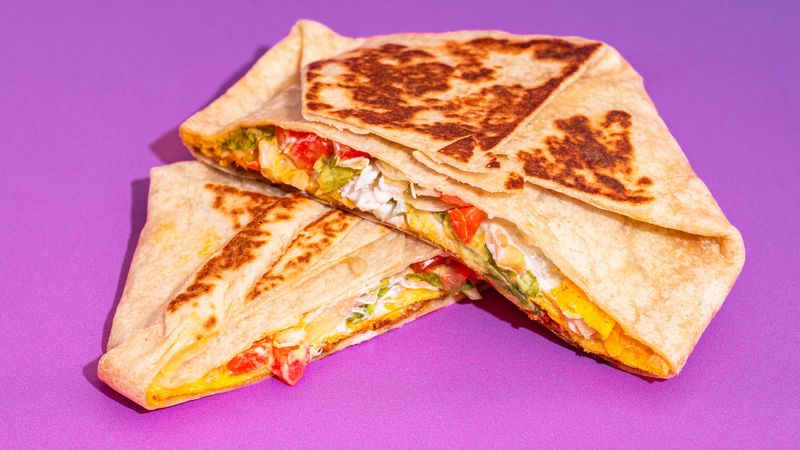
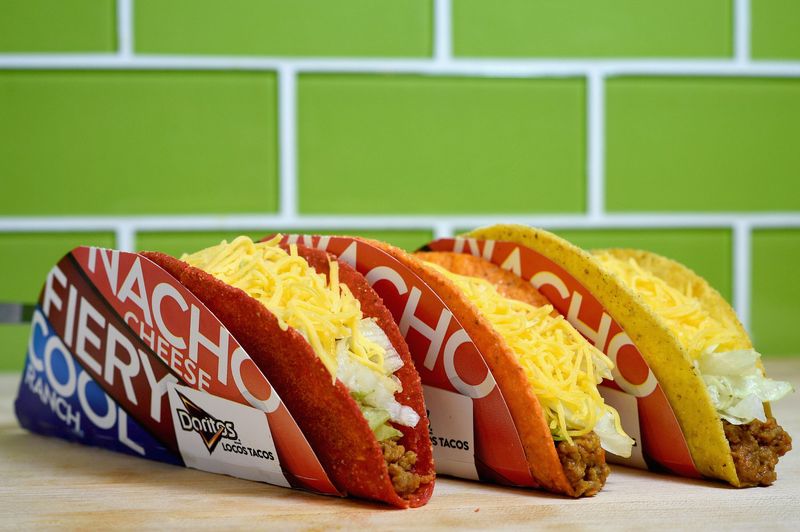

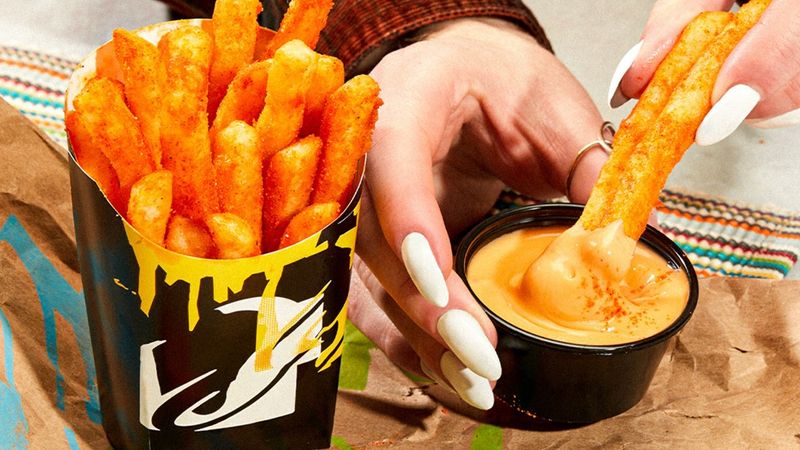
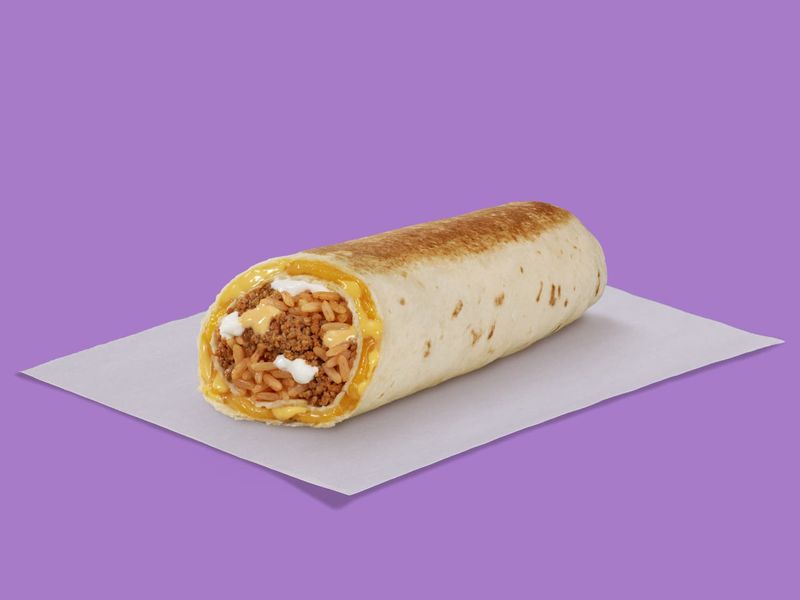
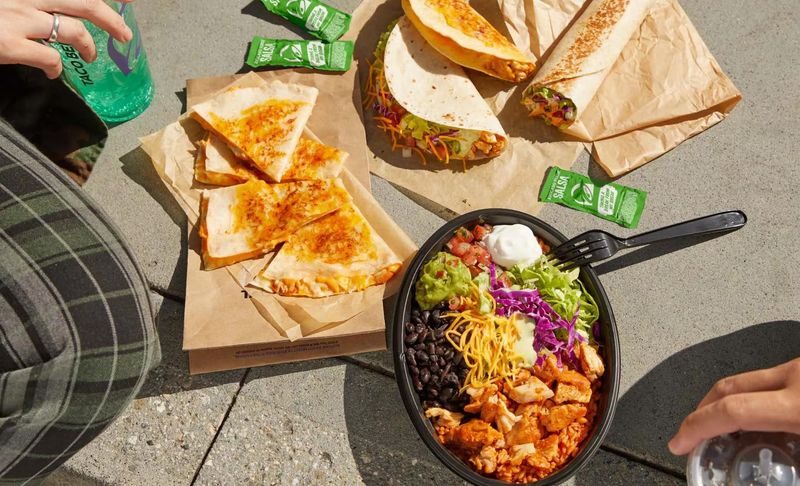
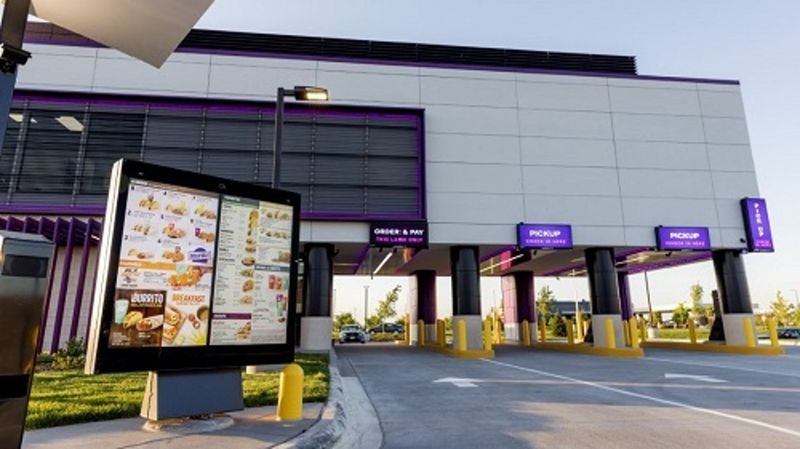
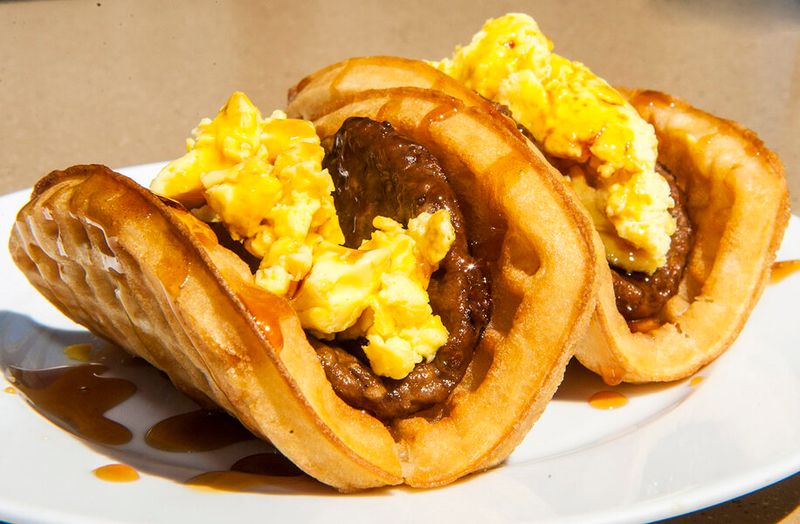
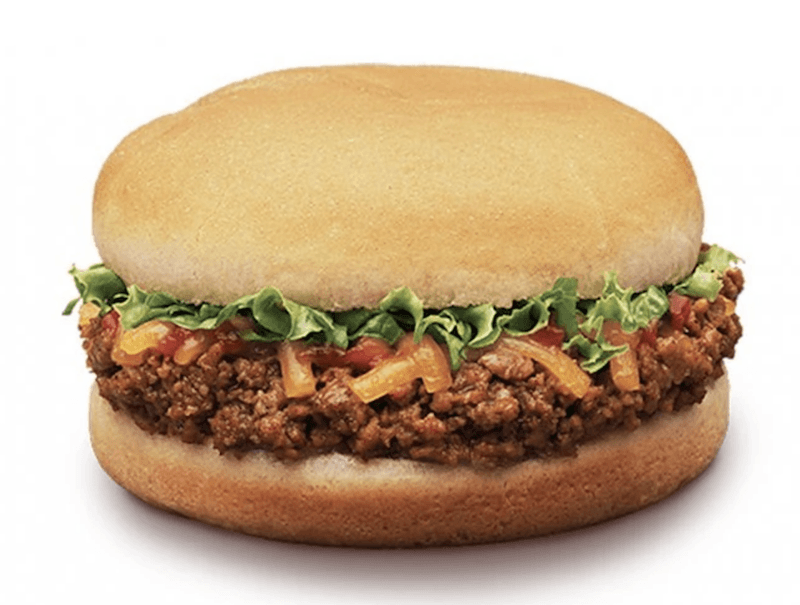
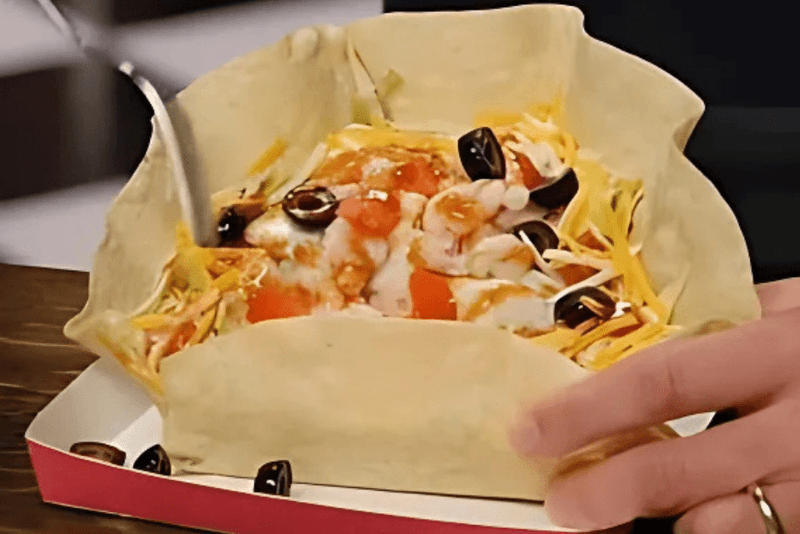
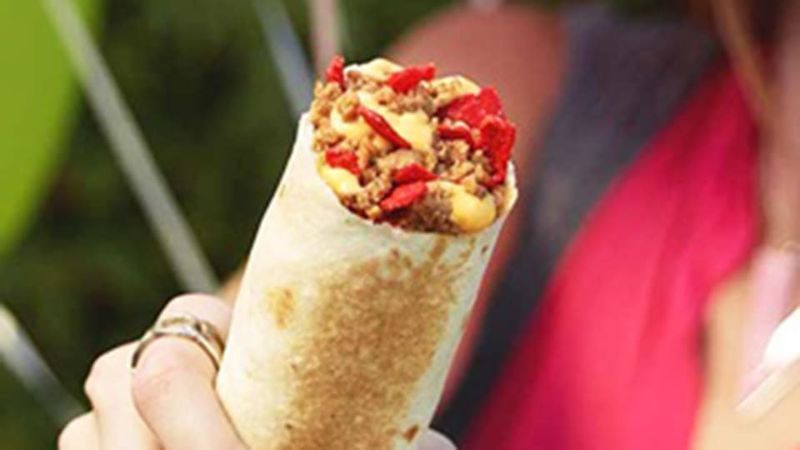
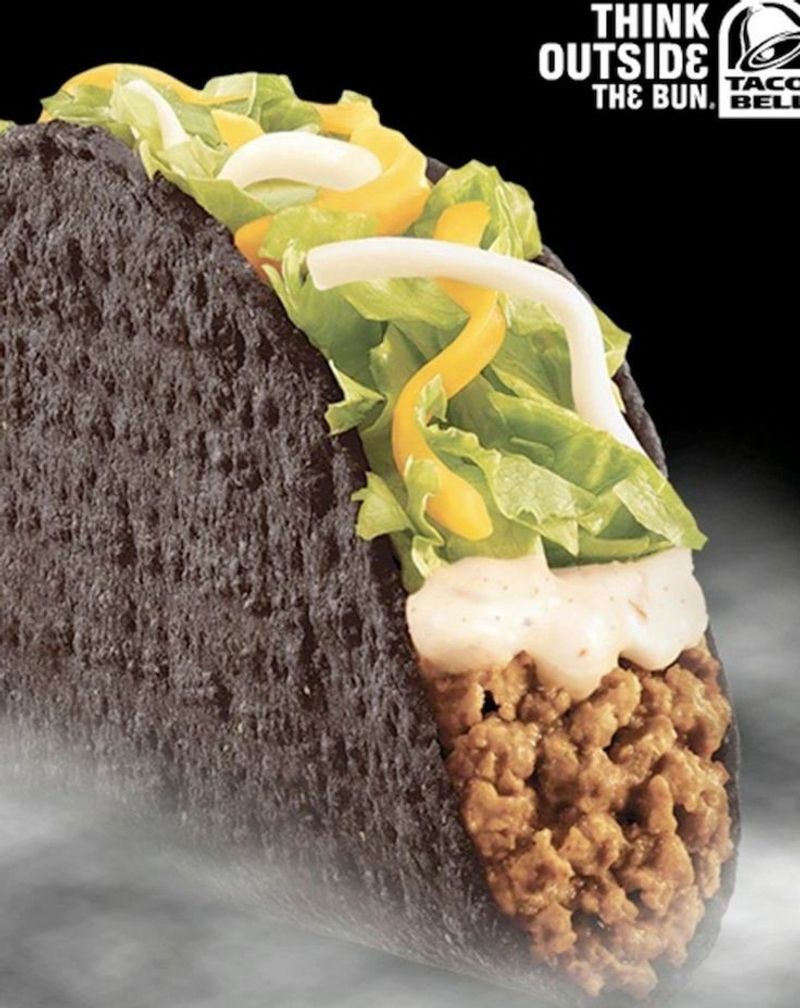
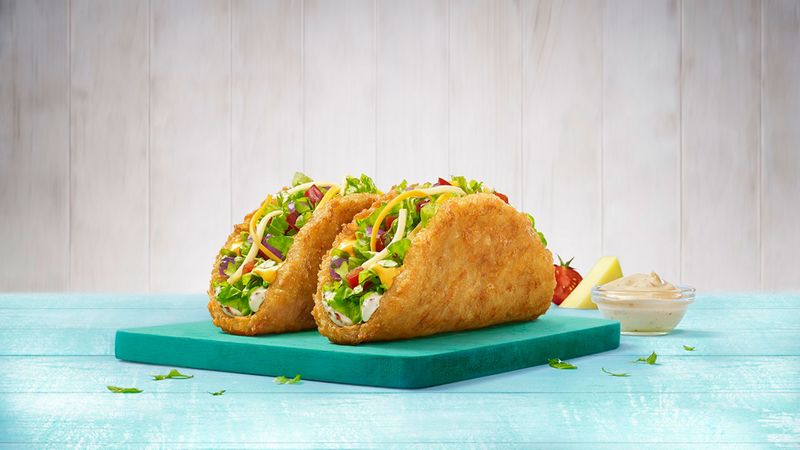
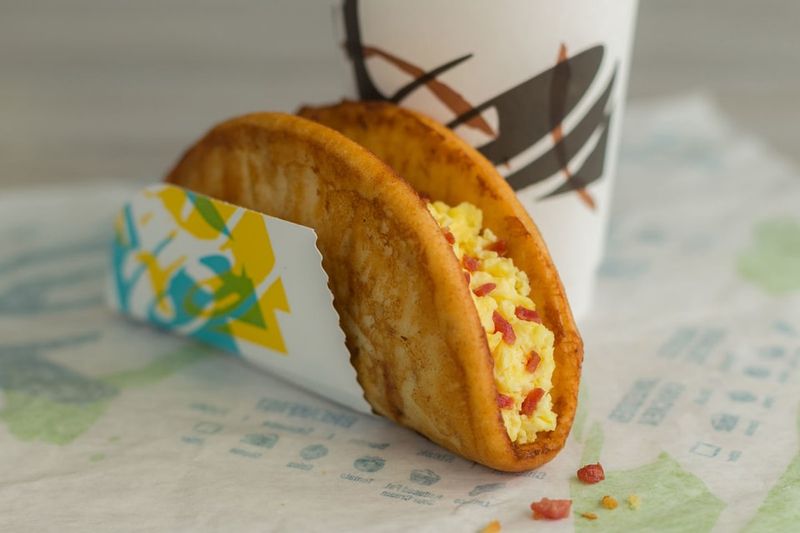
Leave a comment